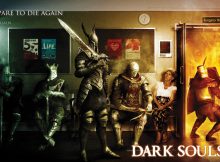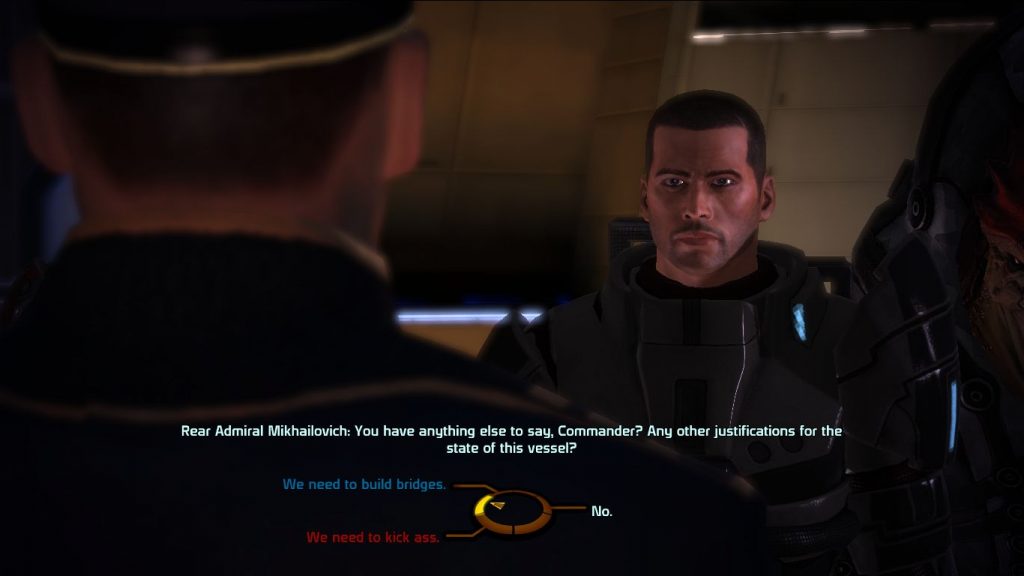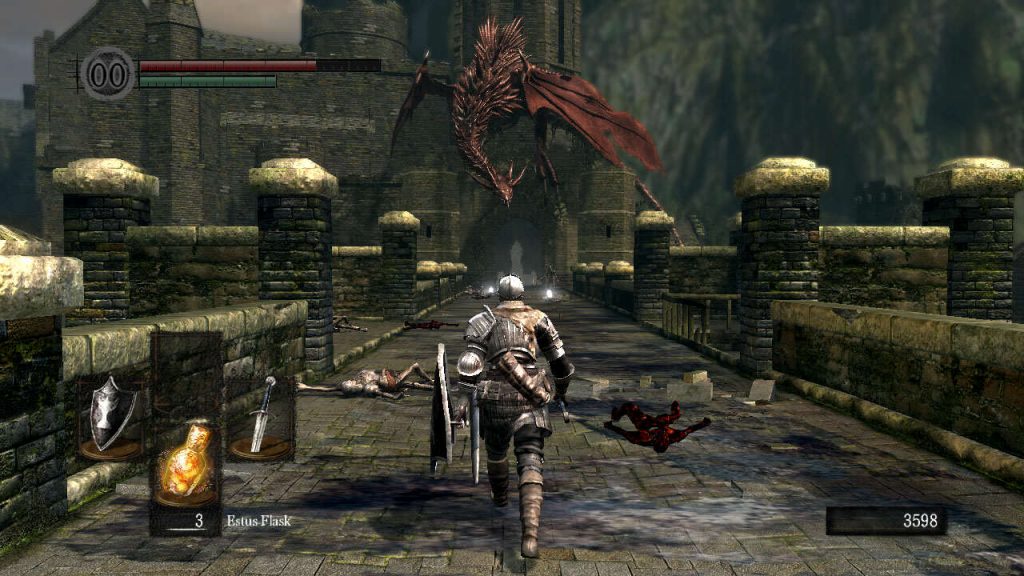Choices and consequences in Dark Souls
There’s no shortage of essays praising the merits of Dark Souls’ design, so writing about the subject feels redundant at this point. However, it seems like one key aspect of the design gets often overlooked; the X factor that permeates every single facet of the Souls experience. Choices and consequences form the framework that holds the experience together and makes it so exhilarating.
The term “choices and consequences” has a very specific connotation attached to it, the usual association being large story forks in Western RPGs and TellTale games that usually boil the concept down to a visual version of choose your own adventure books. However, the term can also be applied to gameplay, although it’s a really vague concept given the interactive nature of video games. I think that the most important underlying reason for the popularity of the Souls series is the fact that it’s chock full of meaningful and opaque choices and consequences. While on a superficial level, the choices you have don’t differ that much from the ones you have in other hack ‘n’ slash action RPGs, yet there’s some subconscious lure that keeps players engaged in the experience despite the harsh difficulty level.
Typical moral choice in a modern Bioware (Western) RPG
There are three major design decisions that contribute to this phenomenon: lethality of combat, the save system and cryptic nature of the game world.
Because you can die so easily, you’ll often find yourself from situations where you must do a split-second decision that will determine whether you’ll die or live another moment. Do I try to roll away and replenish my health, facing the risk of running out of energy before I can reset the situation? Or will I try to quickly kill the enemy before my health drops to zero? The combat system is excellent at generating these unanswerable questions in minute to minute gameplay.
The way how inventory load affects your momentum is the key innovation of Souls combat system. Carry weight is an age-old mechanic in RPGs, but the way how that concept was implemented in an action RPG context was an extremely important evolutionary step for the genre. Large, powerful and heavy weapons have a real sense of weight and momentum to them, each swing having the potential to either crush your enemy in one fell swoop or miss and fatally expose you to incoming attacks. Not only does this physics simulation make the combat visceral and satisfying, it also balances the RPG elements in a way that gives these games an immense amount of depth. Due to equipment loads’ effect on movement and stamina, you’re constantly trying to find balance between damage output and defensive and evasive capabilities. A two-handed mace can obliterate enemies with an overhead swing but will leave you wide open when you miss, while a dagger has pitiful damage and range but gives you a much better time window for canceling an attack and moving out of harms’ way in time. A halberd or a spear lets you stab enemies from afar with relative safety, but will leave you vulnerable when flanked and they require much better accuracy than a sword or an axe that you can just swing haphazardly in the general direction of an enemy.
But no matter what weapon you choose, there are always situations when the moveset of your weapon of choice will feel inadequate or suboptimal for facing a particular enemy at a particular location due to the varied encounter and level design. You have to constantly weigh in the pros and cons of a light, medium or a heavy equipment load and ponder how your choice fits your current character build and the situation you’re in.
Because the constantly updating autosave system prevents you from re-loading saves to avoid deaths, wasting consumables, killing important NPCs and so on, practically every move you make requires some level of commitment. Like said, if you commit to an attack animation too eagerly or late, you’ll be punished for that. If you attack too eagerly, you might die. If you play too defensively, you might die. However you opt to play the game, you’ll face the consequences of your choices in a very tangible and imminent way.
And because the game world is so cryptic and perilous, with almost nothing explained or signposted to the player, these games manage to maintain tension even during quiet interludes. “Do I push on in hopes of finding a new bonfire and making progress, or retreat and save the souls I’ve accumulated?” is a question constantly running through players’ minds as they explore new areas. That same edge of tension is present even when talking to non-hostile NPCs due to the ways in which the series subverts deeply ingrained notions of “safety spaces” built into the minds of modern gamers.
In summary, the interplay between the three core elements of lethal combat, general unpredictability and the irreversible permanency of player actions makes for a gameplay experience that keeps players alert and mentally engaged far longer than the average game manages to do.
Picture sources:
https://independentphilosopher.files.wordpress.com/2015/09/masseffect-best-line-ever.jpg
https://www.unilad.co.uk/wp-content/uploads/2016/02/lryfa9nbzvuya1vhnw0s.jpg


